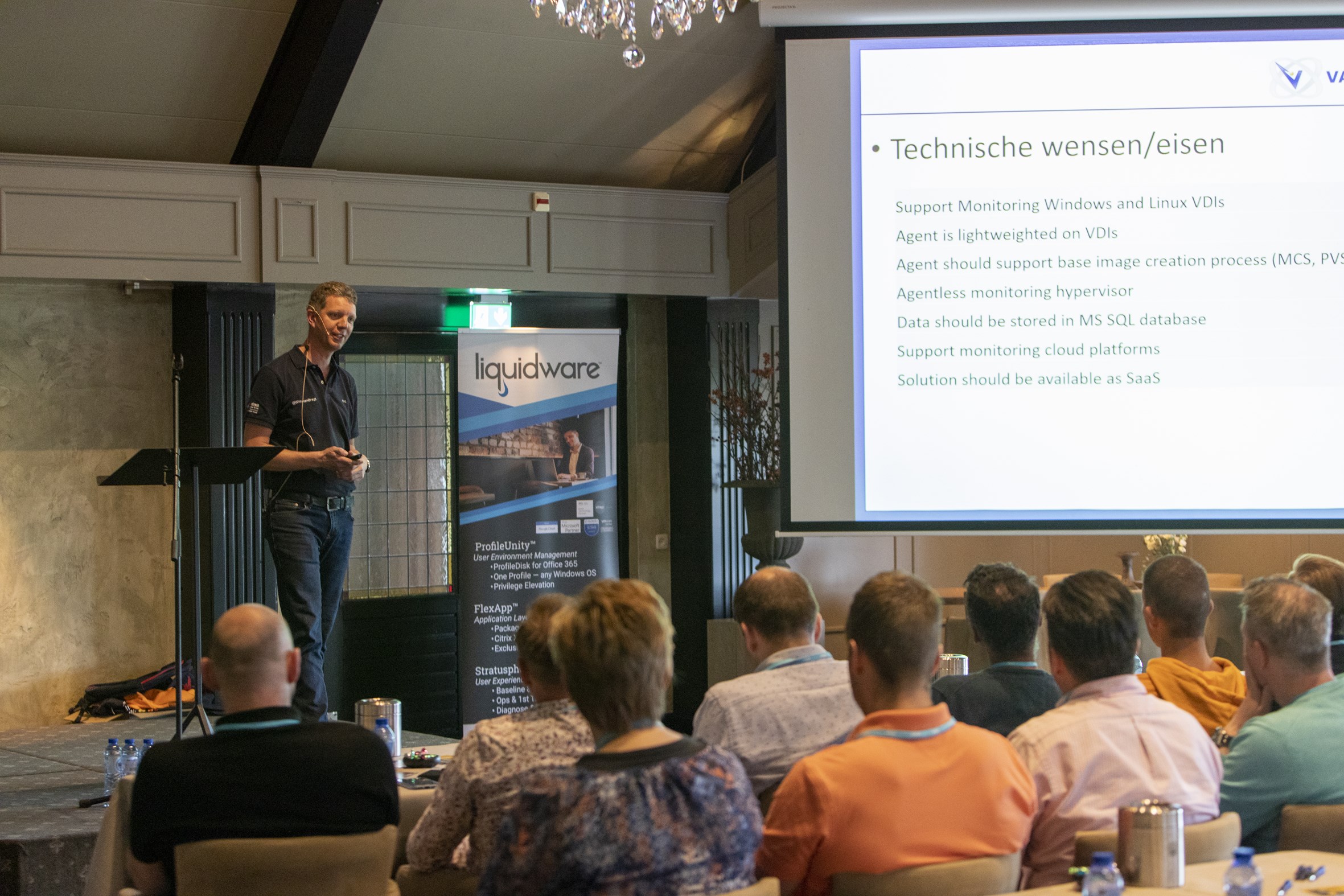Reboot Script for XenApp/XenDesktop 7.x (for 24x7 environments)
- Details
Updated on 22 December 2015 with some small adjustments (removing old files and wait timeout to check if the server is online again)
Some years ago I already published a reboot script for XenApp 6.5. Also Citrix did a good job to make the reboot possibilities within the Citrix policies more flexible and robust. The only real disadvantage is the possibility to disable the logon possibilities 60 minutes before the real actual reboot take place. However this can be overwritten using a specific registry key, which is not well known or documented (HKLM\Software\Policies\Citrix\IMA\Restart Options\Disable Logons\RebootDisableLogonMinutes. When migrating from XenApp 6.5 to XenApp/ XenDesktop 7.x you will probably be a bit disappointed. In this article I will starting describe the reboot possibilities in XenApp/XenDesktop 7.x out of the box, followed by explaining a script that I have written to satisfy more requirements.
Read more: Reboot Script for XenApp/XenDesktop 7.x (for 24x7 environments)
PVS Resource Usage Part 1
- Details
Some people are saying that PVS is complex. I personally don’t think that PVS is complex looking from an infrastructure endpoint, but it can be complex to understand the concept of PVS and the new way of working. When people get that part, the complexity is not a bottleneck anymore. But when people understand the way of working understand new questions are often raised. How many bandwidth does this solution requires, which hardware resources requires these PVS server to serve their role. In this article series I’m diving into this topic. First I will discuss the theory of the resource usage by Citrix, followed by real life figures. The real life figures are divided in two parts: daily usage and boot (storm) usage. As just mentioned we are starting with the theory.
XenApp 6.5 (Troubleshooting) Tips and Tricks Part 1
- Details
Every product has his oddities, which can be time consuming if you are not familiar with those characteristics of the product. Also XenApp 6.5 has some of those characteristics which are not well-known or not documented well in the Citrix documentation or specific situations I have encountered at customers environment. In this article I will write down situations encountered at XenApp implementations at customers including a solution, work around or the way you should work with it.
Read more: XenApp 6.5 (Troubleshooting) Tips and Tricks Part 1
The two not much mentioned components in a PVS High Available infrastructure
- Details
Just as almost every product and solution PVs can be set-up and configured so the PVS infrastructure is high available. Within the PVS infrastructure there are several components related to the High Availability of PVS. Some of these components like PXE and TFTP are well described in several good articles for creating a High Available solution. However within the PVS infrastructure there are also some components/configurations settings that are not much mentioned around the HA topic, but can have a big impact on the High Availability of your PVS infrastructure. In this article I’m going to describe which components should be taken into account, why and how you could/should use them in a High Available PVS infrastructure.
Read more: The two not much mentioned components in a PVS High Available infrastructure
Advanced Citrix Load Balancing Scenarios with Worker Groups
- Details
In the article Citrix Load Balancing Policies explained I described where and how to use Citrix Load Balancing. One of the most used scenarios is redirecting user to a specific group of servers defined in a Worker Group. At some customers we were also using Citrix Load Balancing for that use case, but during those projects some additional concepts were introduced and we should get it working with the already defined Load Balancing Policies. In this article I’m going to describe the scenarios and how that can be accomplished with the defined Load Balancing policies.
Read more: Advanced Citrix Load Balancing Scenarios with Worker Groups
Citrix Provisioning Services PowerShell scripts
- Details
In the article series Unattended Installation Citrix Provisioning Services I already touched the PowerShell possibilities of PVS showing how to configure farm and server settings via PowerShell. In the same project I already wrote some additional PowerShell scripts to partly automate some tasks within the PVS infrastructure, so no mistakes could be made. Although they are not rocket science I decided to share them, as some commands are not fully obvious when reading the PowerShell Guide.
PVS Advanced Settings: What do with it
- Details
When configuring Citrix Provisioning Services you will find the Advanced button within the properties of each PVS servers. There are pretty some settings available within this advanced part and when you are going to search for documentation you will find out that not much information is available about those settings, nor about what the setting is about or which value should be configured on which circumstances. When I was writing a detailed design I talked to several people and even those who changes the default values could not really explain why did choose the specific setting. I dived into this advanced settings and what I could find about these settings are written down in this article (as promised in the presentation PVS Design Decisions and Real Life Experiences).

